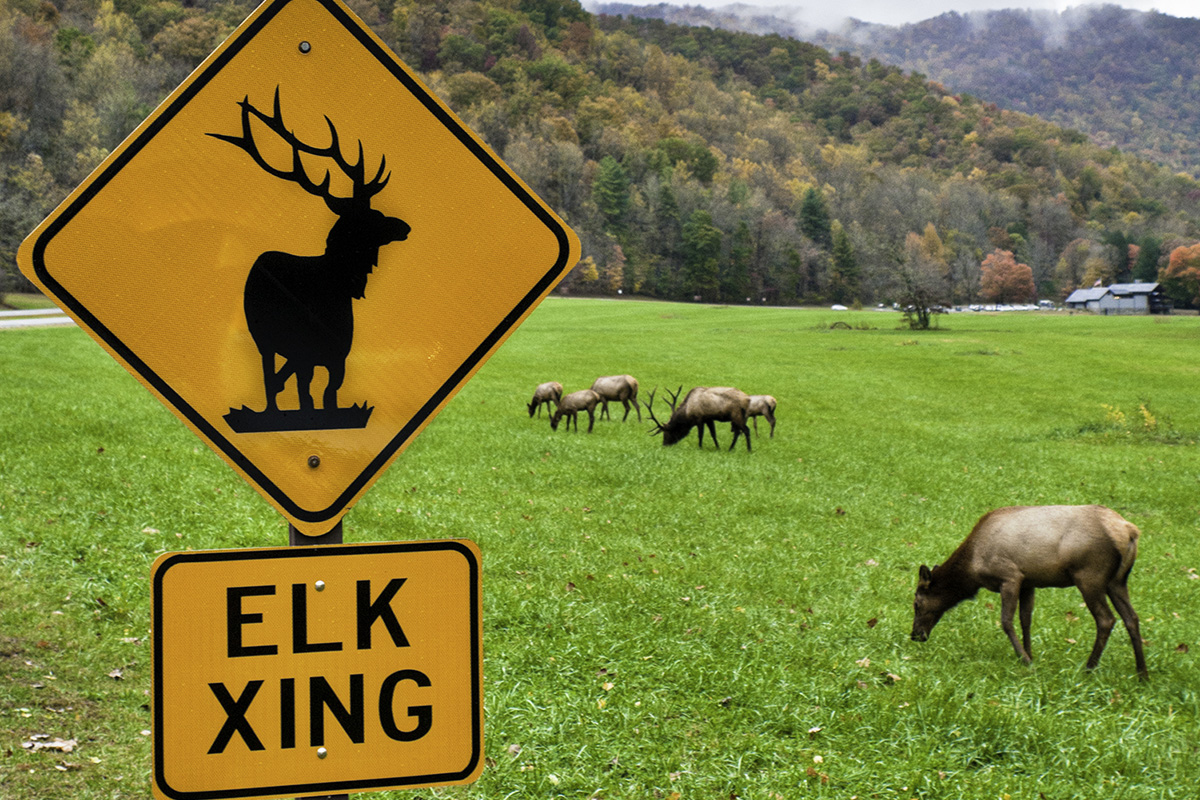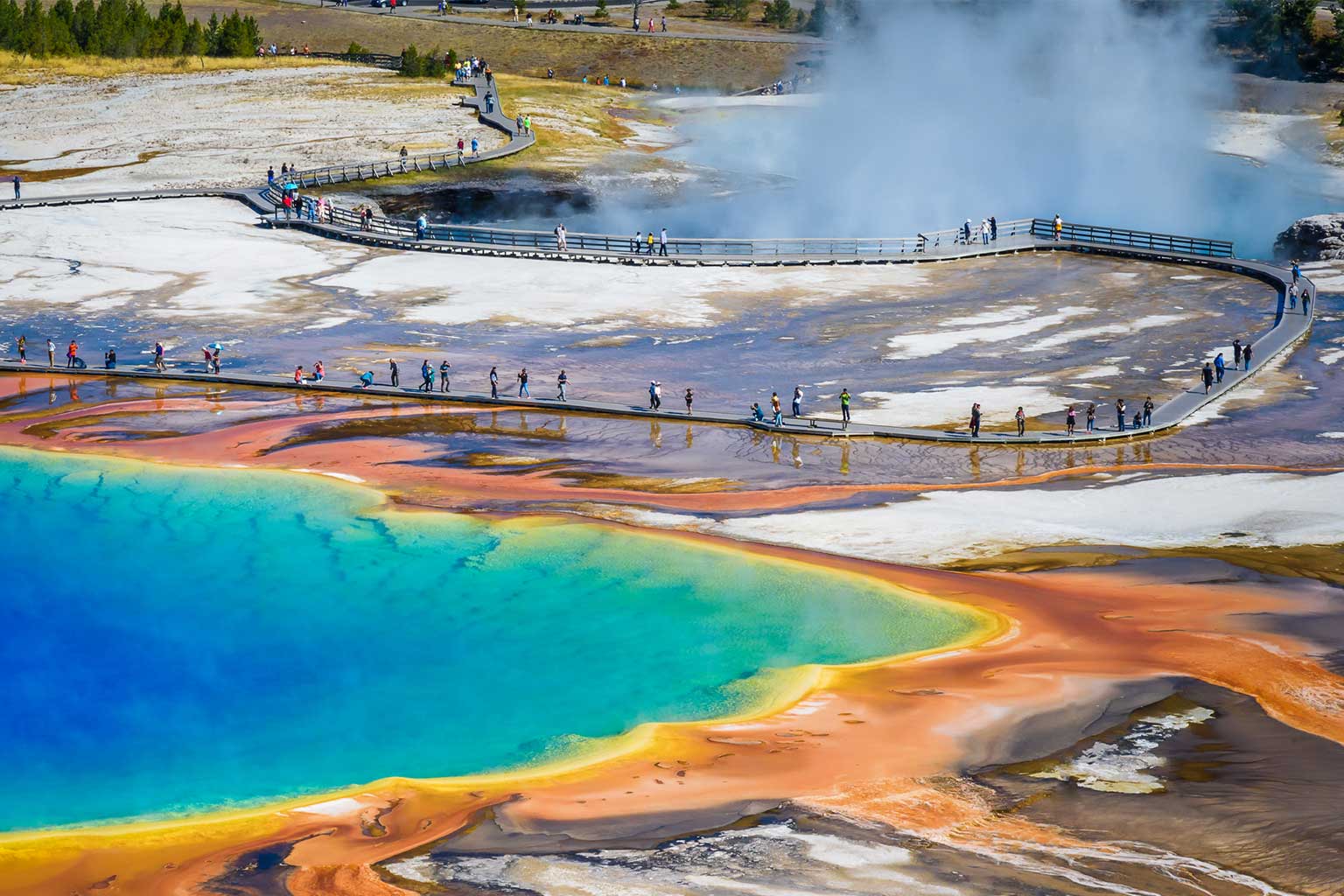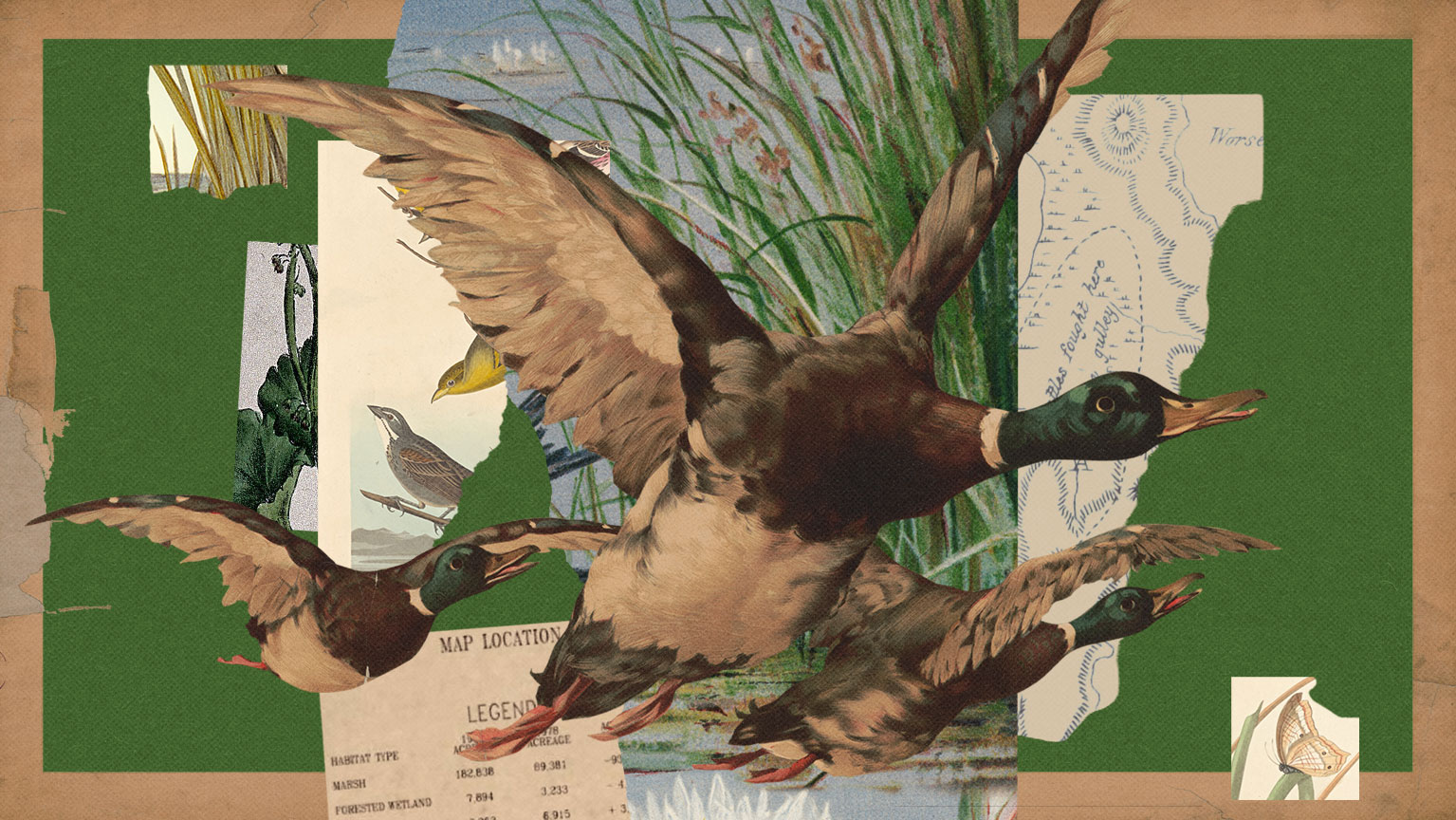When a North Carolina farmer shot seven elk that wandered onto his family’s dairy farm last year, locals were outraged. The elk herd regularly aggravated their livestock, tore down fences, and devoured the winter wheat meant for the farm’s dairy cows. One January day, the farmer decided that he’d had enough.
State biologists from the North Carolina Wildlife and Resources Commission investigated the killings, which they ultimately deemed legal given that the animals were “depredating” private property. But the episode infuriated the state employees, one of whom described it as “spite killing.” Many locals saw the farmer’s response as unwarranted and disproportionate given the amount of damage caused by the elk.
The wild elk came from just a few miles away in the Great Smoky Mountains National Park. The National Park Service, with assistance from the Rocky Mountain Elk Foundation, reintroduced them to the park 15 years ago, roughly a century-and-a-half after humans hunted the species out of existence in Tennessee and North Carolina.
Reintroducing a big-game species into a well-populated area undeniably creates challenges, but human-wildlife conflicts in the East certainly aren’t limited to encounters with elk. Coyotes now roam the streets of Atlanta, New York City, and just about every community in between. Feral hogs cause an estimated $1.5 billion in crop damages and control costs, primarily in the South. And nationwide, vehicle collisions with deer cost roughly $4,000 per claim on average—but especially in West Virginia, where motorists are more likely to hit a deer than in any other state.
Humans have figured out how to live alongside wild animals with varying degrees of success, but there are proven strategies to manage the inevitable human-wildlife conflicts that accompany efforts to reintroduce large wildlife such as the Smokies elk. Many such strategies have helped mitigate clashes farther west, as with wolves and bison in and around Yellowstone National Park, although the presence of such species remains controversial in many places. The key to ensuring that a successful conservation story doesn’t devolve into spite-killings or legal wrangling—whether in the East or the West—is for conservationists to set their sights on transforming wildlife from liabilities into assets in the eyes of private landowners.
Elk Return—and Bring Problems
In 2001, 25 elk that originated from a Canadian herd were brought to the Smokies, with 27 more animals added to the park the following year. Today there are approximately 150 elk in the herd, most ranging in eastern reaches of the park. The animals have proven to be quite the draw—after the elk were introduced, visitors to the relatively remote Cataloochee Valley alone practically doubled, rising to about 140,000 people each year.
Predictably, some of the elk have begun to wander off national park land and onto highways, which tourists and retirees frequent much of the year. The elk also increasingly roam onto nearby farms and private residences, where they’ve destroyed crops, gardens, orchards, and fences and aggravated or even killed dogs and livestock.
But elk aren’t the only large mammals North Carolinians live with. The state’s roughly 1.25 million white-tailed deer constantly consume crops and other forage on private land. Even more expensive are the nearly 20,000 animal-related vehicle collisions in North Carolina each year, which cost an estimated $48 million. (Ninety percent of such crashes involve deer.) Yet the state’s 10 million residents have found ways to manage human-deer conflicts over the decades, whether by using reinforced fencing, repellents, hunting, or other strategies.
Admittedly, the state’s new elk may prove trickier to deal with than deer. A mature bull elk can grow to 700 pounds—three to four times the size of a full-grown whitetail. With that potential, elk are more apt to destroy fences or crops, and because they’ve never been hunted in North Carolina, they may be more habituated to and less afraid of people than deer are.
The key to ensuring that a successful conservation story doesn’t devolve into spite-killings or legal wrangling is for conservationists to transform wildlife from liabilities into assets in the eyes of private landowners.
One aspect that may make elk different from deer is that many locals see elk as the government’s property—and therefore the government’s responsibility—because they were reintroduced by the National Park Service so recently. Outside of national parks, the management of deer, elk, and all other wildlife generally falls to state wildlife agencies. Therein lies the crux of the issue: Even though wildlife are public resources controlled by the state, the survival of wild animals in the densely populated East depends upon cooperation of private landowners, who own the majority of the habitat. Perhaps nowhere is that reality more apparent than when it comes to elk reintroduced to the Smokies.
Turning Wildlife into Assets
The practical problem of reintroducing a large ungulate species into the eastern United States is that, because the animals need lots of room to roam, they will inevitably need habitat on private lands. Western North Carolina property owners overwhelmingly supported having elk in the area. A 2014 survey showed that 73 percent of local landowners supported elk living on private lands in the region, while 88 percent were in favor of having them on public lands. Despite the overwhelming support for the elk, conservation success will depend on finding ways to work with the landowners who bear the costs of a growing herd.
“The question is as this population grows, who’s going to feed them?” Jimmy Cowen, a local farmer, asked at a public hearing held last fall by the North Carolina Wildlife and Resources Commission (NCWRC) to discuss elk issues in the area. “Why should it be up to the private landowners?”
In some parts of the West, environmental groups and government agencies have come up with solutions to mitigate conflicts over controversial species such as wolves and bison by working with private landowners rather than butting heads with them. Often, at a minimum, this simply means compensating landowners for damages caused by wildlife.
Nearly 30 years ago, the nonprofit Defenders of Wildlife raised funds to pay full value for any livestock killed by wolves that were returning to areas in northwestern Montana near Glacier National Park. State and federal agencies verified the losses, ranchers were compensated, and conflict over what had become an extremely heated issue died down relatively quickly. Instead of asking local landowners to bear the full costs of having wolves around, the group recognized ranchers’ rights to graze in the area and sought to compensate them for their losses. Defenders of Wildlife sold posters featuring artwork of wolves for $30 each to help raise funds and make the program permanent. The organization later used the same strategy for ranchers near Yellowstone when the park reintroduced wolves in the 1990s, helping to lessen the local opposition to the species.
More recently, a handful of conservation groups gathered a modest amount of funding to help finance fencing for landowners who want to keep free-roaming Yellowstone bison off their private property. Similarly, the National Wildlife Federation has worked with ranchers and the U.S. Forest Service to develop a program to pay landowners to give up their public land grazing permits in areas with high potential for conflicts between cattle and bison, grizzlies, and other wildlife in Montana, Wyoming, and Idaho. The strategy has freed up hundreds of thousands of acres of prime wildlife habitat while compensating ranchers for the value of their permits in the region.
Similar programs could be created to compensate farmers and other residents for damages caused by elk in the Smokies. The NCWRC already built a two-mile, $19,000 fence, funded by hunting-license revenues, on the dairy farm where seven elk were shot in an effort to prevent further conflicts. This sort of scheme should evolve from a one-off solution into a systematic compensation program for farmers and residents, but funding will be a real hurdle. “Some states are set up that they do pay damages,” Justin McVey, district biologist for the NCWRC, told the Smoky Mountain News after the public hearing. “North Carolina is one that had not, and I don’t foresee that changing. That’s a big funding thing.”
Such programs, however, need not rely on government agencies. In the case of Montana’s wolves, Defenders of Wildlife didn’t wait around for the state to solve every human-wildlife conflict or devise a compensation program. If private landowners in North Carolina are already bearing the costs of elk, and if hunters’ fees have funded efforts to mitigate the animals’ impacts, shouldn’t conservation groups also chip in? It only makes sense for elk lovers to contribute, too, as some environmental groups have in the West.
In another example from Montana, the nonprofit American Prairie Reserve, which is entirely funded by private donations, has promoted conservation by contracting with private landowners who make efforts to conserve wildlife. (See page 44.) Scientists who work with the group install trail cameras on ranchland, and wildlife documented in photos earn rewards for landowners: $200 for a cougar and $300 for a black bear, for instance. The more ranchers do to help conserve wildlife, the higher their compensation. In the Smokies, similar incentive programs could motivate landowners to provide elk habitat and promote their conservation.
A handful of projects to develop elk habitat on public lands are already underway in western North Carolina. Whether private- or public-led, these efforts could help funnel wildlife away from farms, residences, and highways where they’ve become nuisances. The Conservation Fund, an environmental nonprofit, is conveying nearly 2,000 acres adjacent to the Smokies Park near Maggie Valley for the NCWRC to manage. The aim is to create ideal elk habitat on diverse landscapes interspersed with forests and meadows. Initiatives to use prescribed burning or thinning have also been underway in and around the park in recent years, supported partly by funding from the Rocky Mountain Elk Foundation. And logging proposals are also under consideration to create elk habitat on U.S. Forest Service land in the area.
Eventually, legal and regulated hunting could also give private landowners incentives to provide quality elk habitat. State biologists say the North Carolina herd is probably too small to be hunted anytime soon but that they could one day be hunted sustainably. If so, western states could offer some guidance. Colorado, for example, with its Ranching for Wildlife program, grants special transferable hunting tags to private landowners who engage in certain forms of wildlife stewardship and conservation. A similar model in North Carolina could motivate landowners to create excellent habitat for elk.
How to Live with Elk
One evening last fall, park visitors lined up in their SUVs and pickup trucks on a road running through a Cataloochee meadow to catch a glimpse of the elk herd. A bull elk stood amongst 20 females and let out a series of bugles that echoed across the valley.
While these reintroduced elk clearly provide value for tourists, conservationists, and many locals, North Carolinians will never be able to avoid every conflict with them. If the animals are to thrive, both the state and environmental groups must find ways to work with private landowners to make the animals assets instead of liabilities—or at the very least, make elk less of a liability in and around the Smokies.
The innovative compensation programs that have helped mitigate human-wildlife conflicts out West provide clear lessons that can be applied to managing elk back East. Conservation groups, state agencies, and locals should take note—and continue to work with private landowners instead of against them—to ensure that elk bugling echoes throughout the Smokies for years to come.




